There’s a way to stand out from the crowd without having to learn a specialty massage or spend any money. But you’ll need to do something that most MTs won’t do or don’t like doing. You’ll need to do precise massage.
“Precise” massage?
Dude, you mean “detail” massage.
Nope, I mean precise massage.
Detail/focus work is when you comprehensively address a client’s area(s) of concern.
For example, Ashyra comes in with tight shoulders. If I’m doing detail work, I’m going to work her traps, levator scapulaes and cervical erectors at the origins, insertions, etc.
With precise massage, I’m going to zero in on areas, but I’m not going to be as thorough as I would be with detail/focus massage. Also, many of the areas that I zero in on won’t be the client’s areas of concern.
For example, Mohamed wants a relaxation massage. He mentions that he has a sore neck and achy feet.
I massage his neck and find tightness around C2. I spend a little time addressing that area. Then I work down his back.
At about L2 I find tightntess. Even though this is a non-issue area for Mohamed, I spend 15 to 30 seconds working that area.
By the time I’m done the massage, I may have zeroed in on 50 spots.
Value of Precise Massage
Precise massage makes money.
About 50% of the massages that I do in a week involve precise work exclusively. Another 25% is a mix between precise and detail massage. While the remaining 25% is pure detail work.
Here’s why I think my clients love precise massage.
- It’s relaxing.
- As with the case of detail massage, precise massage can provide pain relief.
- Clients discover new things about their bodies.
“Never knew my hammies hurt there.”
- You show that client you care when you highlight tight and/or pain areas.
- You demonstrate thoroughness.
- You gain competency points with your clients because you’re finding all the owies.
Easy to Get Started
The beauty of doing precise massage is that there’s virtually no barrier to entry.
Here’s what I mean. For detail work you need to know anatomy.
Not so with precise work. You just need to be able to find the tight spots.
Since you already know how to look for tight spots, there’s really no learning curve. You just need to look for tight spots more often than you normally do.
By the way, if finding tight spots is not a slam dunk for you, don’t sweat it. My hands were like stone when I first started massage. Can you say “worst palpator ever”? Here’s how I got better: How to Palpate Without Palpating.
Will it Kill My Hands?
Okay, are your hands curled in the fetal position at the thought of having to press on a lot of tight spots?
Don’t worry. Your hands are going to be fine. Promise.
Here’s why. You’re going to use massage tools and combine body parts.
Quite frankly, this is the secret sauce. Once you get these two skills under your belt, you can rely on precise massage as your main money-maker from here on out.
To learn about using massage tools, start with this: Why You’re Not Using Your Massage Tool.
For combining body parts, check out this video: How to Combine Body Parts
One More Thing: Angle of Pressure
Once you get the searching and pressing down, you can add in pressing from different angles.
When I first started massage, I’d “stand on” a tight spot. Well, not literally, but that’s what it felt like to clients—so I’ve been told. Oops.
Later I learned that clients really liked it when I changed up the angle of my pressure.
So, for example, instead of always coming straight down on a tight spot, I’d experiment with a 45 degree angle.
Changing the angle of pressure helped me to NOT overwork a spot. It was also good when straight down pressure was too intense.
In a Nutshell
Here’s what the whole shebang looks like in 3 steps.
- Always search for tight spots and tender areas when doing a massage.
- Use massage tools and combination body parts for the tight/tender spots.
- Approach tight/tender areas from different angles.
A Free Signature Massage
If specializing in a massage modality is where your passion lies, by all means, go for it. But if you’re just looking to stand out from the competition, invest your time in precise massage.
It won’t cost you a penny.
And if you use massage tools and combine body parts, you won’t burn out your hands.
Massage Tools Online CEU Class
If you want to get serious about using massage tools to deliver focused pressure and set yourself apart from the crowd, I have an online, home-study CEU course for you.
It’s my bread-and-vegan butter live course that will get you comfortable with using massage tools, even in a relaxation massage.
You can check it out here: How to Use Massage Tools (Fearlessly and Effectively).
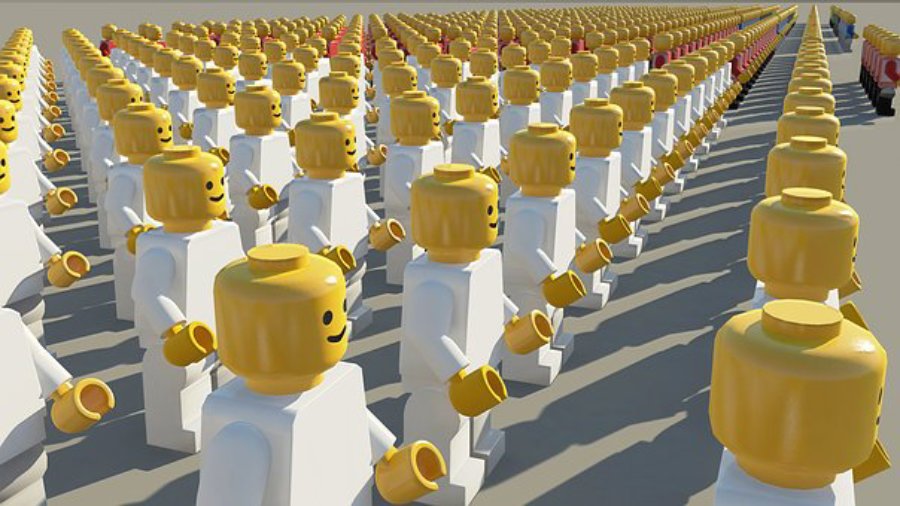


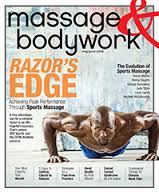
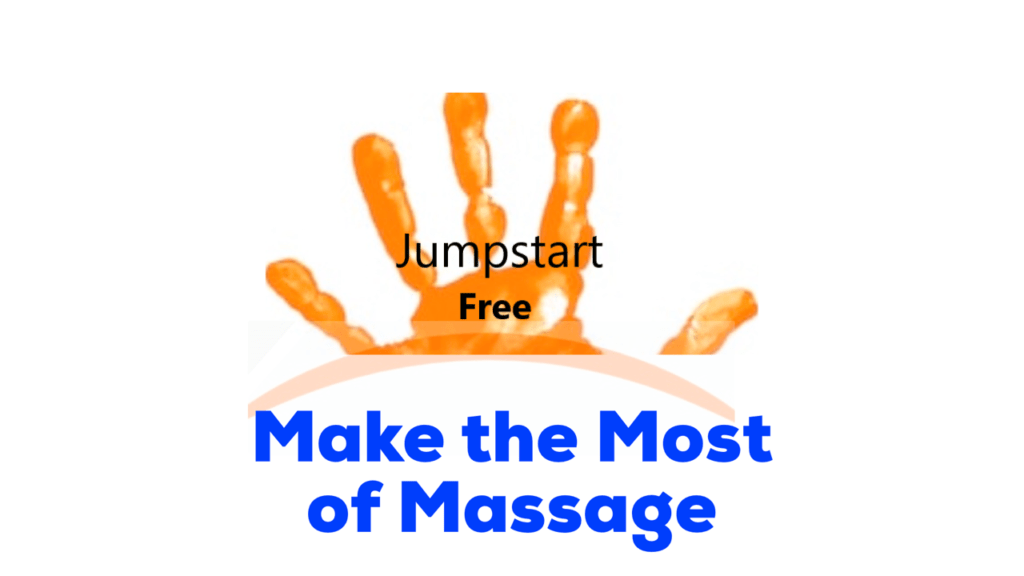
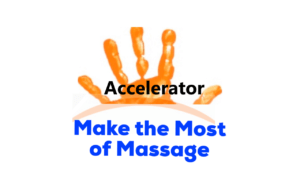
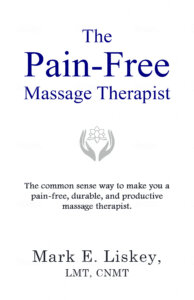
Comments on this entry are closed.